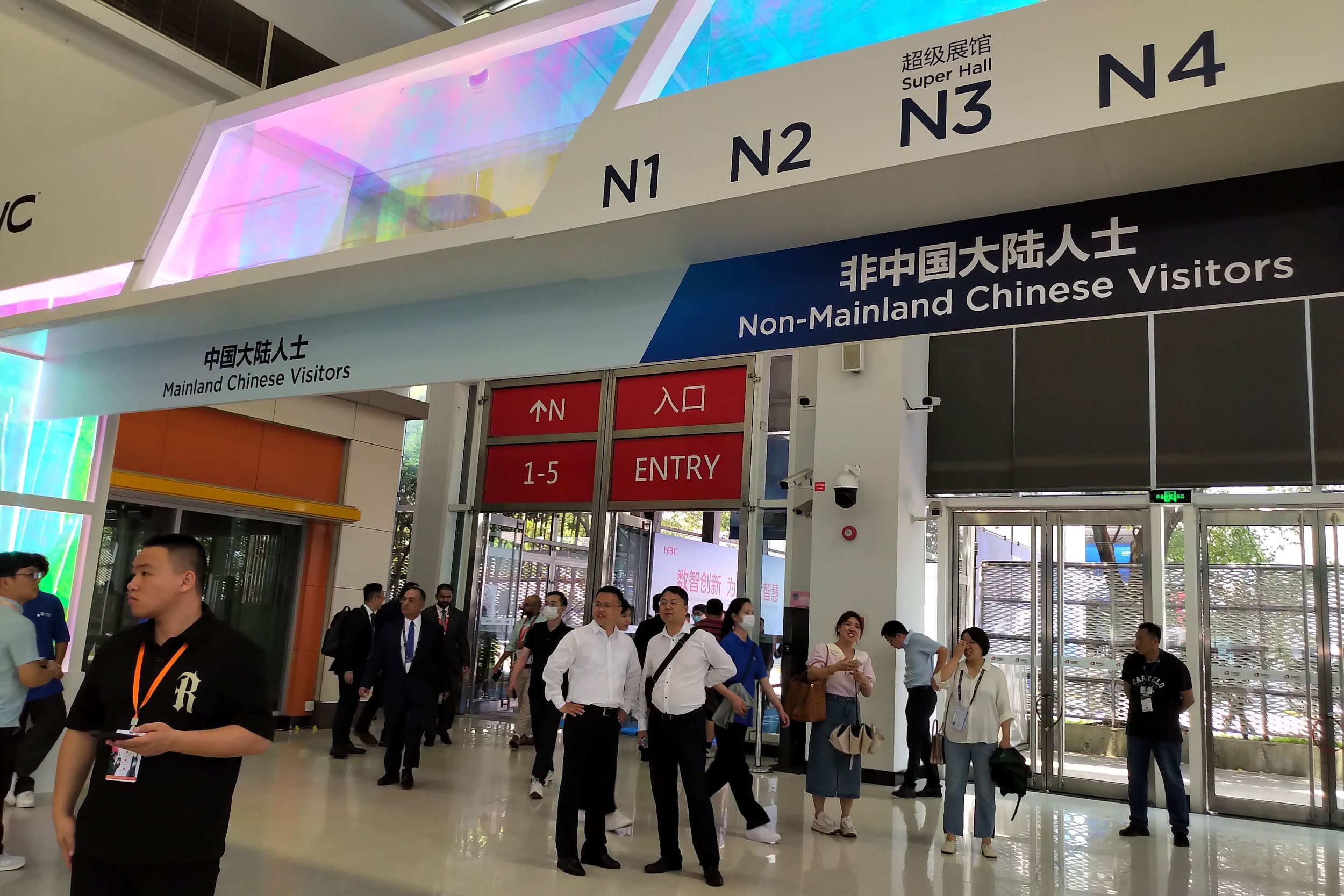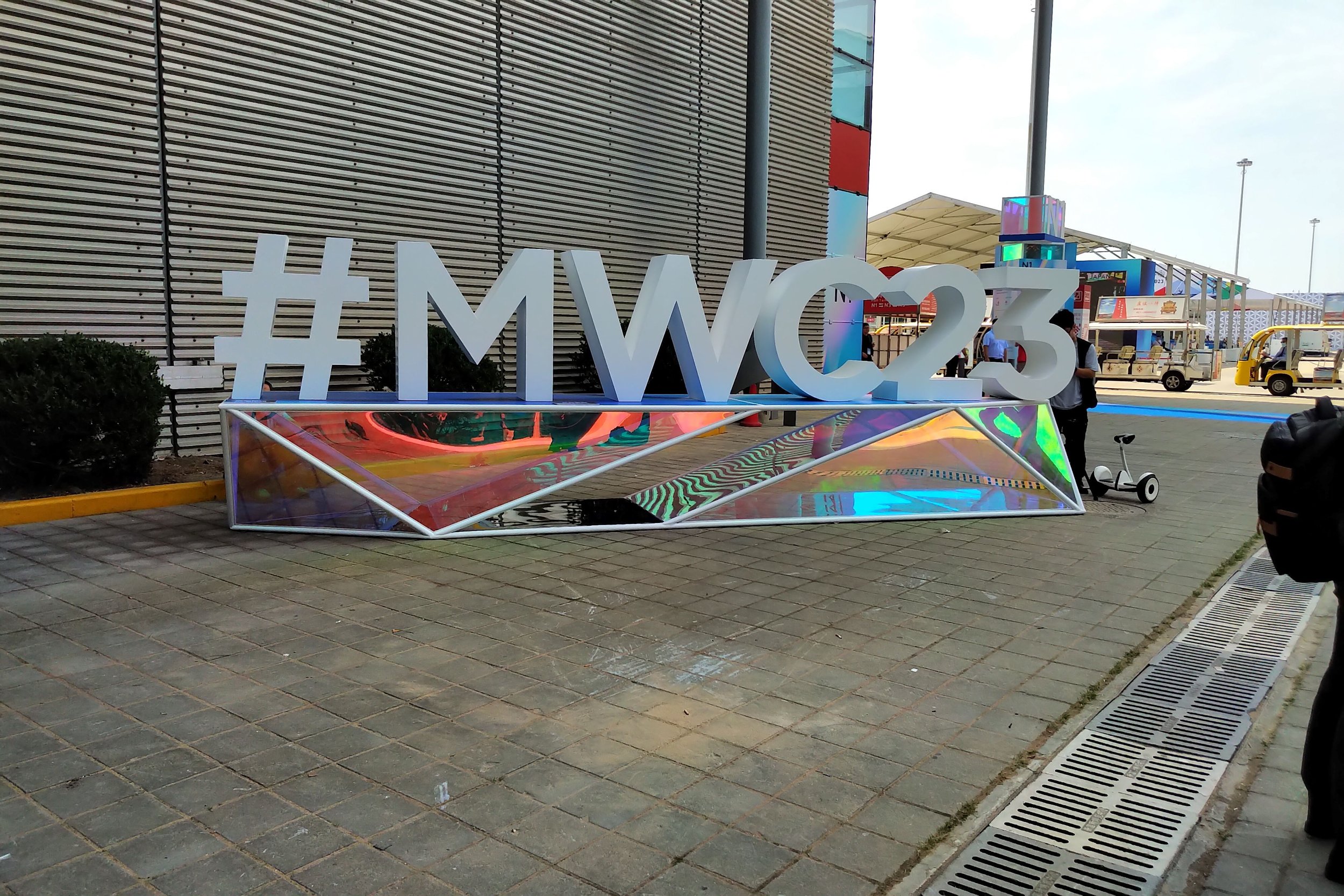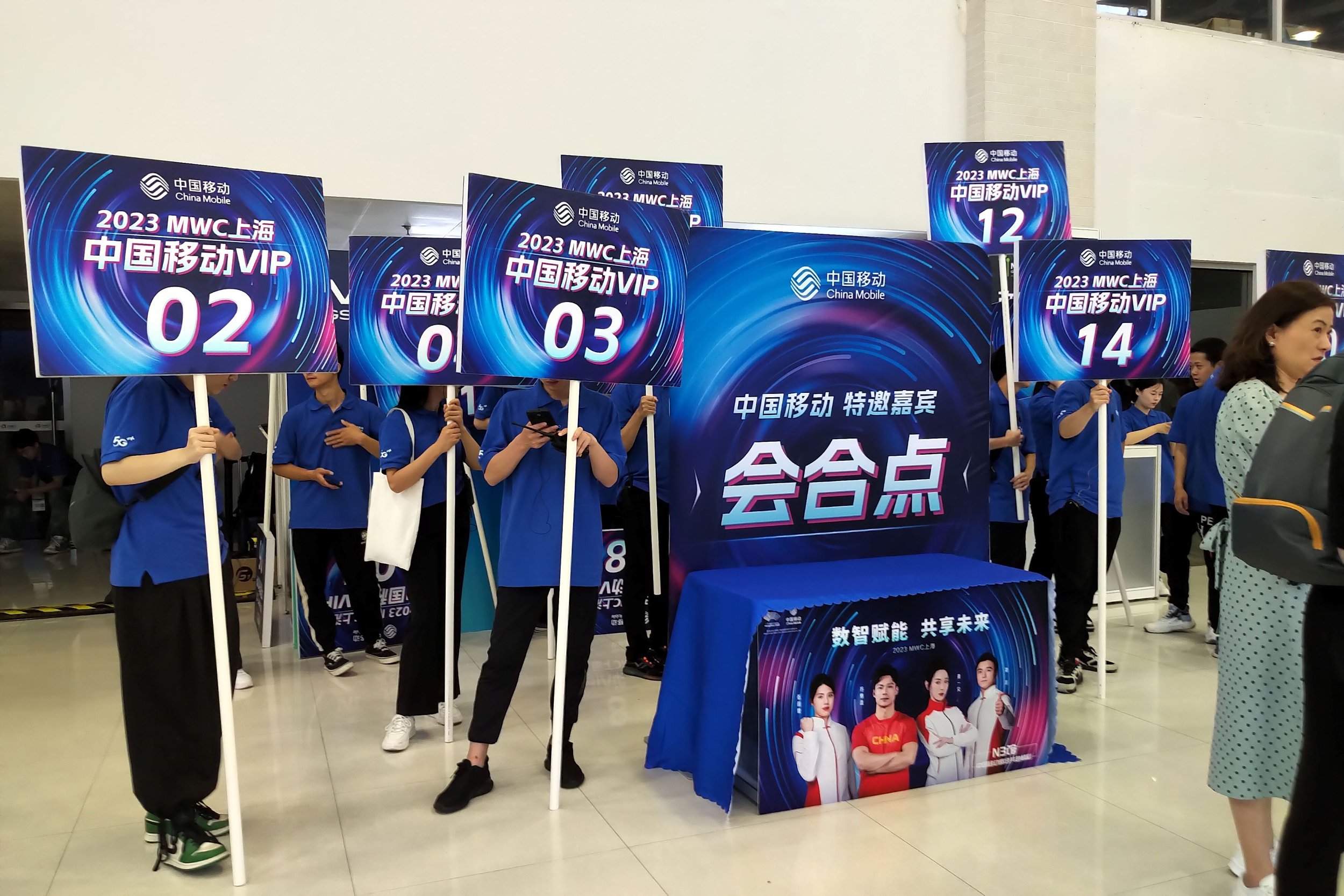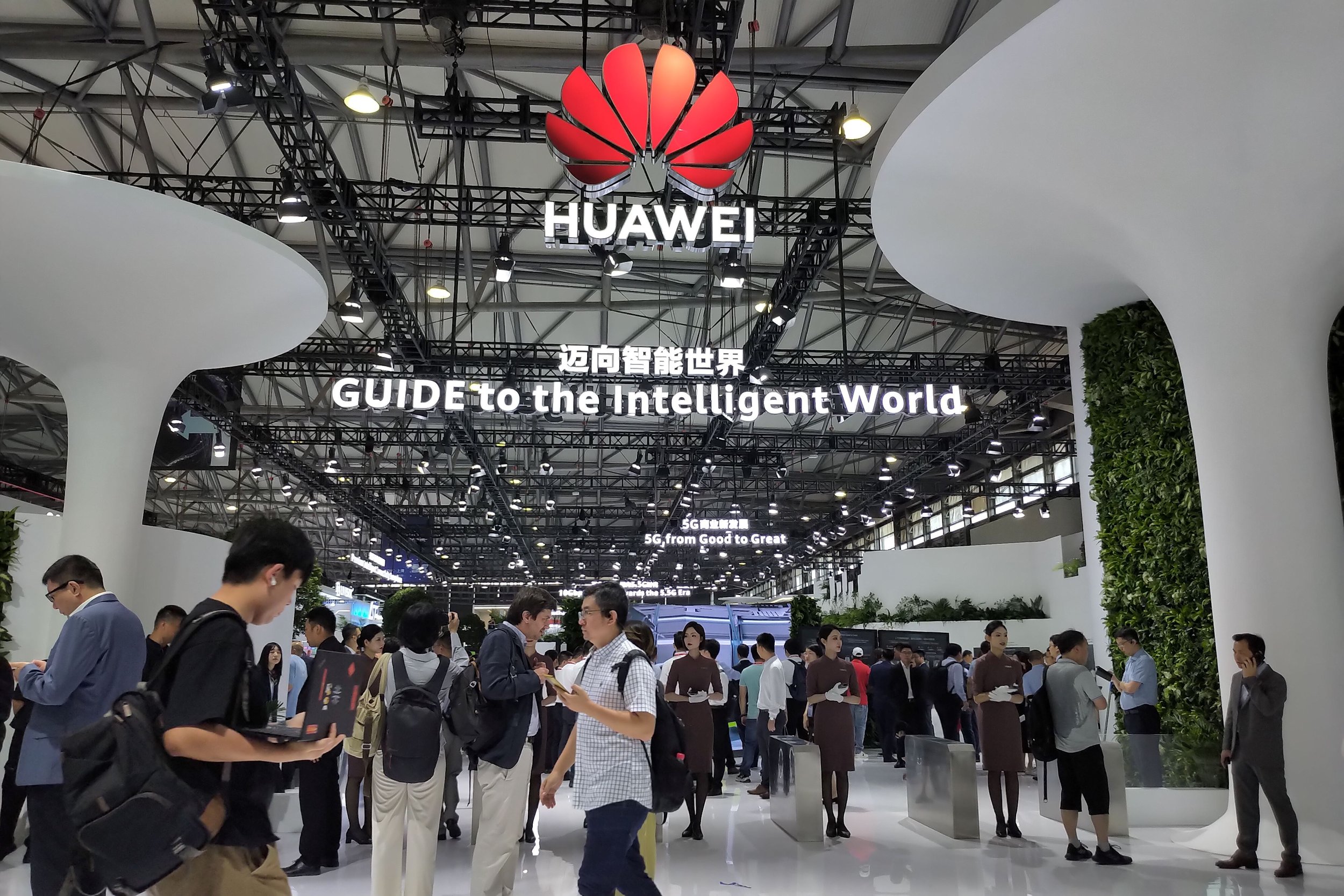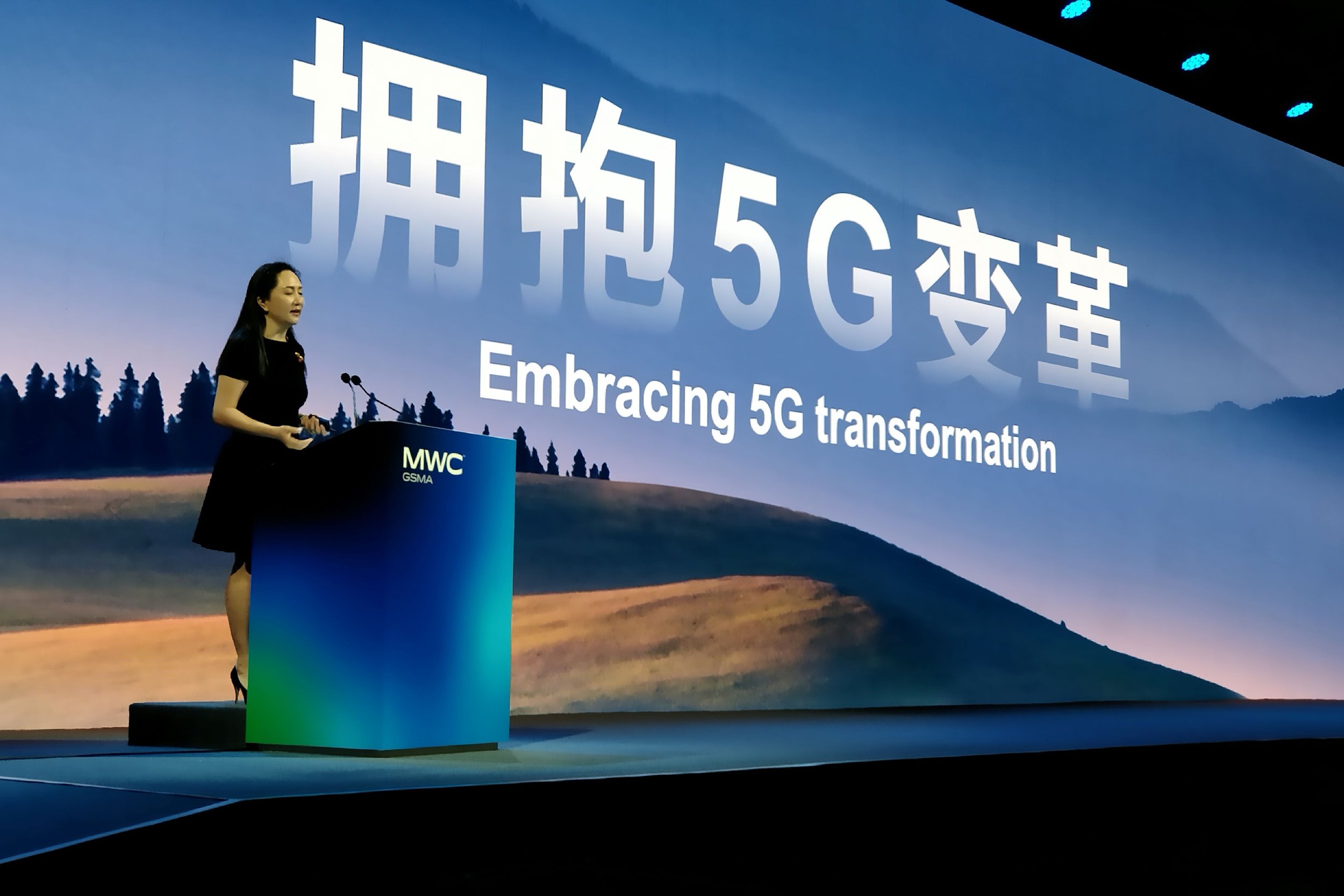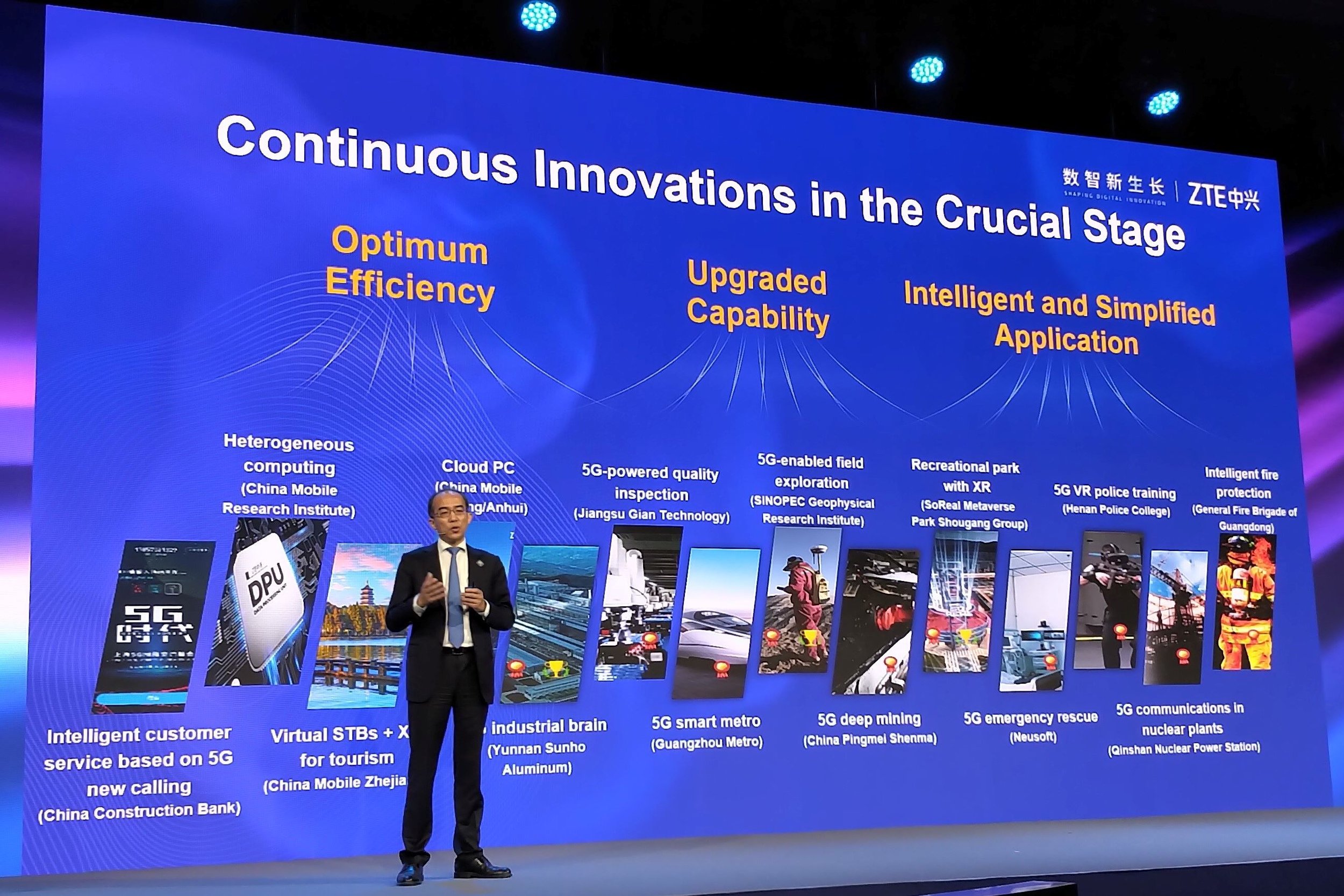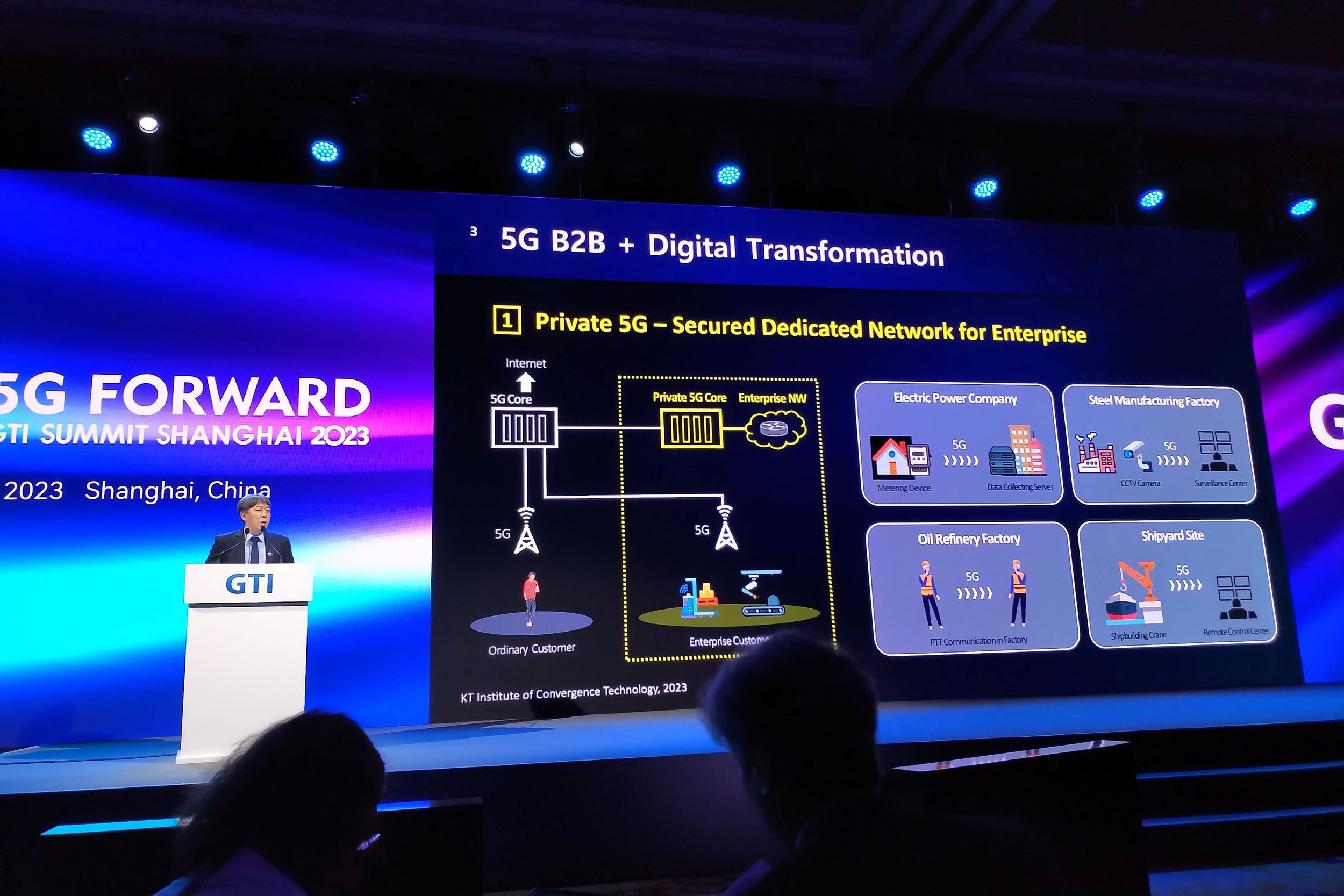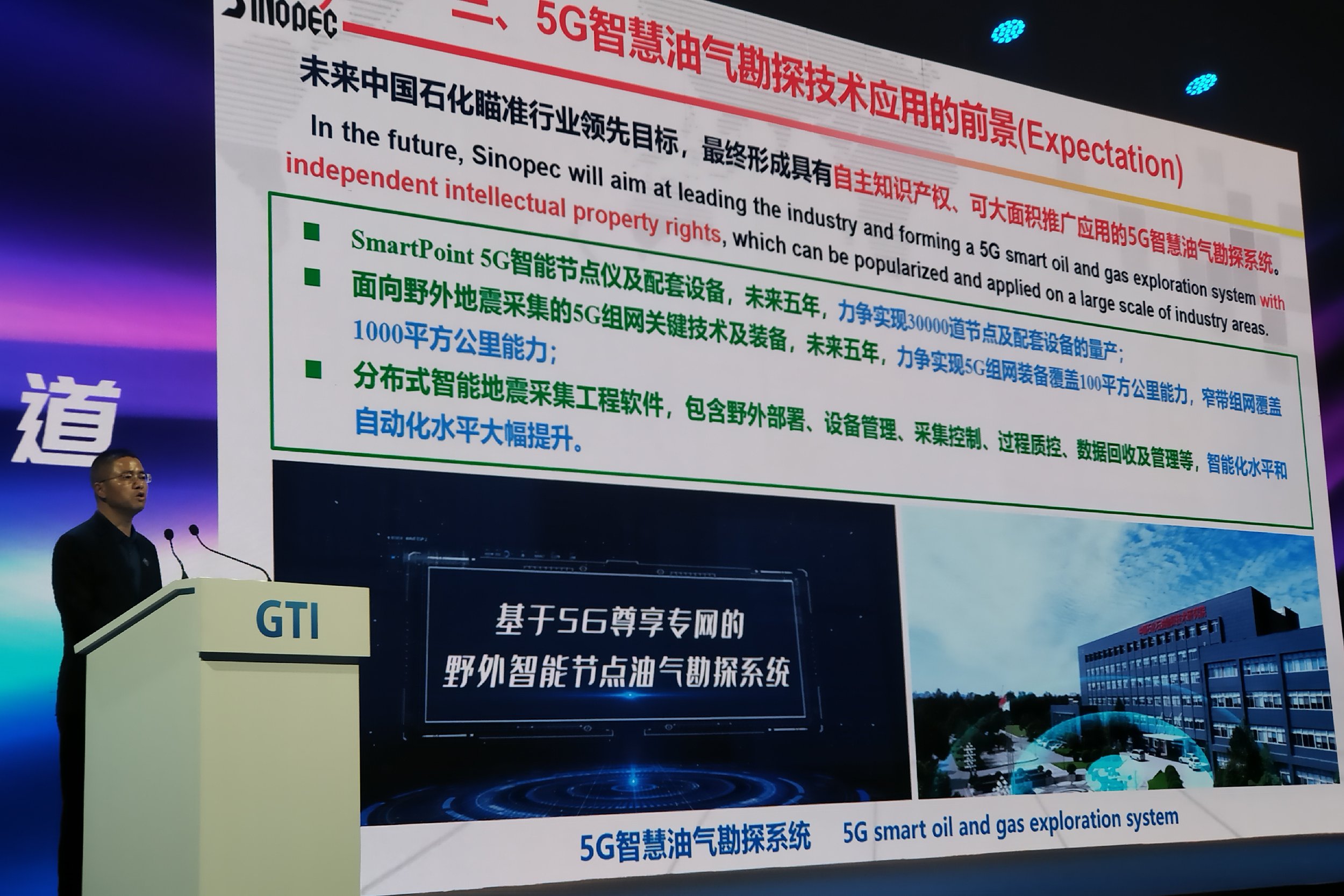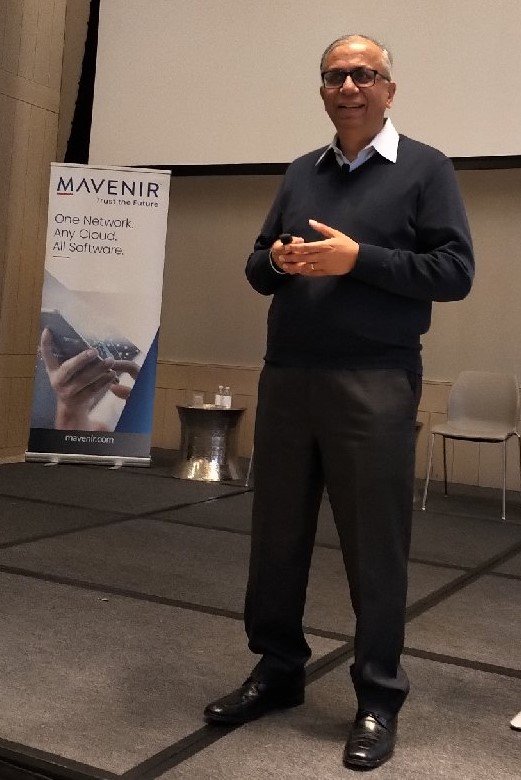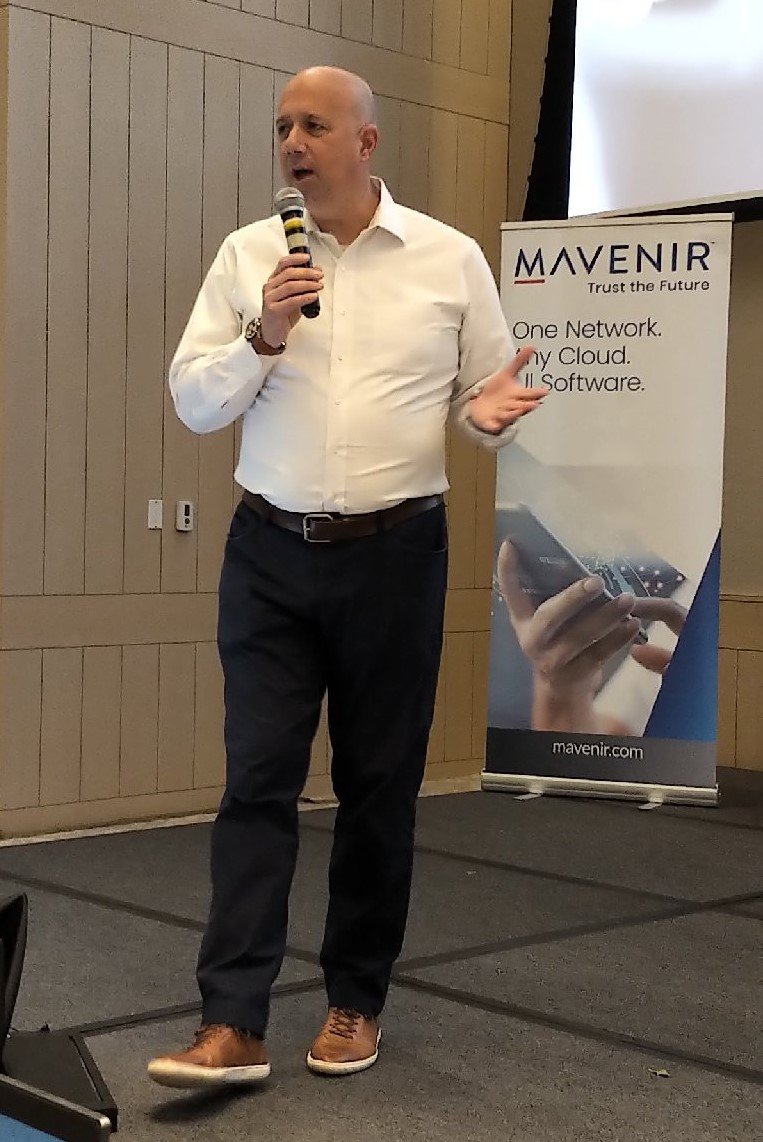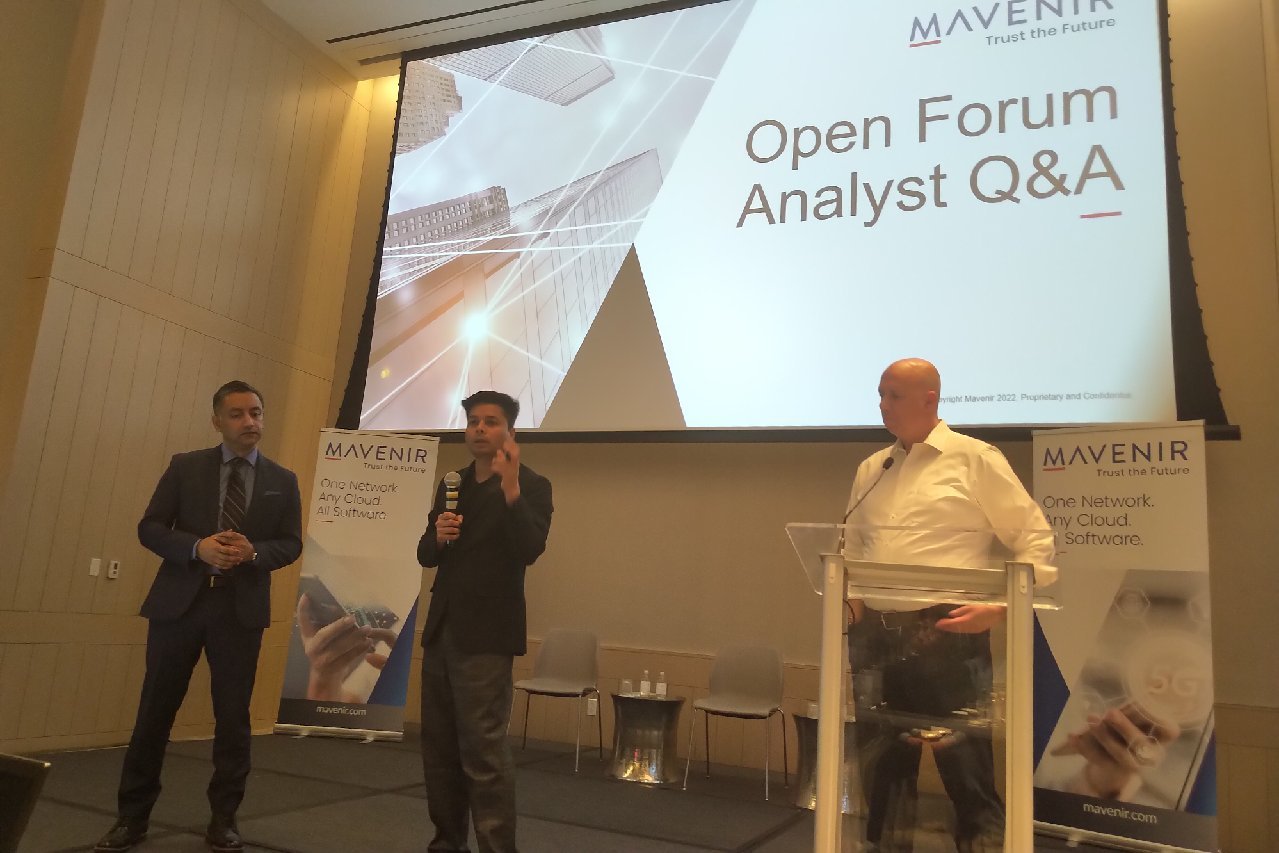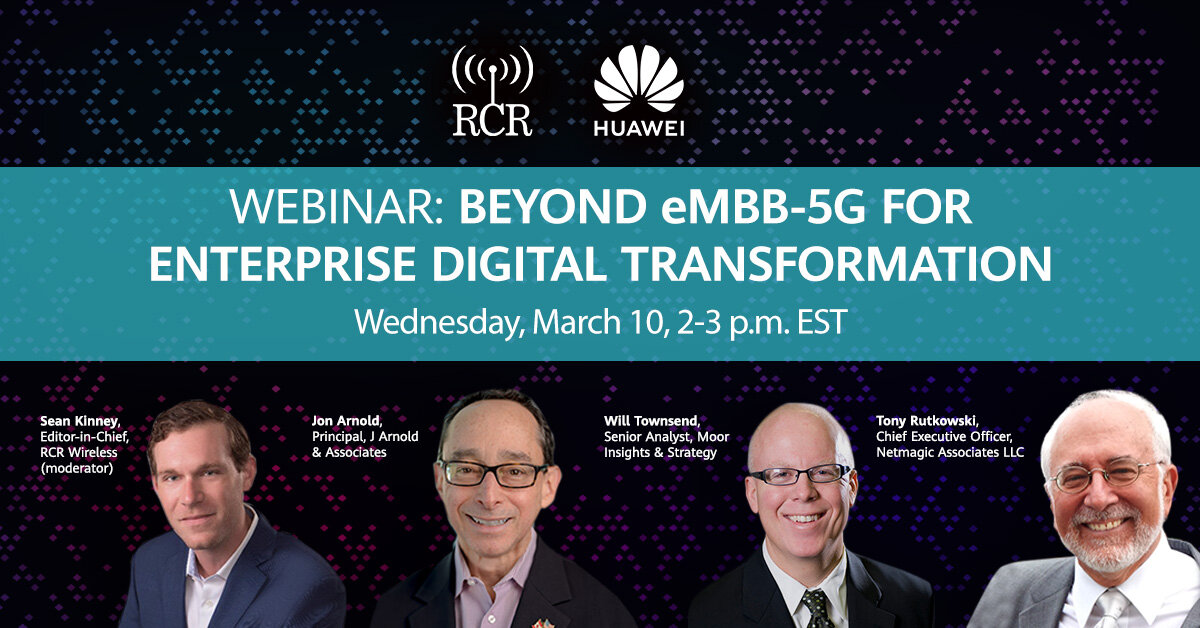The rise of messaging goes hand-in-hand with mobility, and this presents some fundamental challenges for contact centers since they remain largely voice-centric. Messaging has been widely adopted in the consumer world, not just for its convenience, but also for economics, especially compared to telephony. These drivers aren’t as strong in the enterprise, so the adoption of messaging applications isn’t as common. Not only that, but most forms of enterprise messaging are automated – such as reminders - not person-to-person. The modes of messaging customers want to use to engage with agents aren’t native to the contact center, so there’s a gap here.
Furthermore, with customers showing an increasing preference for self-service and using messaging over voice, contact centers are struggling to keep pace. The above mobility trend seems likely to continue, and if this is where they are when customer service is needed, then messaging will become an important channel of engagement for the contact center.
Enter the new players – another form of disruption
Everything happens for a reason, and both mobility and messaging are impacting the contact center value proposition. While the existing vendors will continue to dominate the landscape – namely Avaya, Cisco and Genesys, but also the leading CRM players – their offerings are not built around these drivers. They’re definitely moving in that direction, but existing platforms and operating environments are well entrenched, making it difficult to adapt at the speed the market is moving.
This isn’t to say that all forms of contact will become messaging-based, or that all forms of customer service will occur on mobile devices, but these modes – these preferences – are too big to ignore or underestimate. With customer experience – CX – being a top strategic mantra, management is going to back the horses that do the best job, regardless of how it’s been done until now.
These shifts – and opportunities – haven’t been lost on other players, who are leveraging them to enter this space with a clean slate and a nextgen approach to customer care. In particular, I’m talking about Amazon, Apple and Facebook – all outsiders to the contact center world, but when viewed through the lens of mobility and messaging, it’s not hard to understand why they’re here. So far, these companies are only having a nominal impact on the status quo, but consider four ways in which they can be disruptive:
1. As outsiders, they can create a new and different CX, built from the ground-up based on today’s needs, wants, preferences, expectations, etc. Like everything else in tech, customer service is becoming increasingly user-driven, and when the tools – and rules – of engagement are in the customer’s hands, that’s what defines CX.
2. With that shift in the balance of power, CX becomes consumer-driven rather than company-driven. Understanding consumer behavior now becomes paramount, and can you think of any companies in tech better suited for this than Amazon, Apple and Facebook? To varying degrees, today’s CX plays to their strengths in ways that the contact center vendors cannot match. Of course, the converse is also true, but I’m focused on where the market is going, not where it’s been.
3. Not only do these companies have the scale to compete against anybody, their footprint and strength as consumer brands translates into incredible market power that can change the game if successful. That said, it’s equally true that if they don’t get enough traction, they can – and will - exit the CX space and move on to other things. These companies all have track records of success and failure, and are more likely to take bold risks to reinvent CX than the established contact center vendors. They have everything to gain and little to lose, and there’s a lot at stake given how hard it is to provide a great CX.
4. Each in their own way is capable of delivering an end-to-end CX that bypasses the contact center altogether. This may be the biggest form of disruption, because they can bring a new value chain to market that is fully within their control and provides an alternative to engage with a company’s contact center operation. I’m not saying this will make the contact center obsolete – not at all. However, they do represent new channels of engagement that may not happen otherwise, and not all forms of CX require dealing with a contact center.
To clarify, here’s a very brief summary of what these companies are doing in the CX space. Each one needs a detailed analysis, but that will be for another time.
Amazon
Their initial entry with Connect was more of a direct form of competition in the contact center space, and while it’s far from complete, they have the market power to jump right in. They know their limitations – or maybe not – and one improvement they just made was to message-enable Connect. This allows agents in real time to identify if an incoming call supports SMS or Facebook Messenger. If so, the session can shift to being messaging-based, including with a Lex chatbot that can easily be escalated to a live agent, and there are lots of scenarios where that would provide a better CX.
Most contact centers aren’t able to manage inbound messaging inquiries, so this is a big step forward to use this channel in cases where customers prefer that. This can also help agents be more productive, since voice calls can only be handled one at a time, but with messaging, they can manage multiple sessions concurrently.
Other features are no doubt coming that will make Connect more messaging-centric, and better able to support more CX. Not only are they motivated to succeed because the enterprise is an attractive growth opportunity, engaging with customers via Connect provides another touchpoint into the broader Amazon universe. In this regard, they’re not competing against Cisco or Avaya – it’s Facebook and Apple they’re trying to keep pace with for consumer engagement.
Apple
This represents something very different, but as with Amazon, Business Chat is part of Apple’s broader plan to play in the enterprise market. Business Chat is tied to their new iOS 11, and for this post, the interesting part is how iMessage allows communication with a business from any touchpoint in the Apple ecosystem, such as Safari, Maps, or even Siri. Now, iPhone users can use messaging to directly engage with a business, or do so via the contact center. The latter is certainly not Apple’s forte, and for that, they have done integrations with the likes of Genesys and Saleforce.com.
Now, add Apple Pay to the equation, and iMessage can facilitate a mobile, end-to-end CX, right through to making a purchase and completing the transaction. Not a word need be spoken, and no need to disrupt the session by fumbling around for your wallet. This doesn’t hold for all customer service scenarios, but it all seems pretty intuitive for Apple users, and that’s the point. Why risk the aggravation of a contact center when you can do all this from the palm of your hand while walking about or even driving? As a sidebar, it’s worth noting that AR/VR with iPhone 8 could, at some point, have a role to play in creating a new, Apple-centric CX.
Facebook
The CX story here is less clear, but there are important parallels to both Amazon and Apple. On the messaging front, Messenger represents a new CX channel, not only due to its large footprint, but with their Payments application, this becomes a massive e-commerce play. The success of WeChat in China validates the mobile payments opportunity, so it’s not hard to see why CX fits into the Facebook angle.
This is also relevant because Facebook is addressing a global market, and they have an advantage over mobile carriers competing for a slice of the payments pie. In many markets, SMS is costly, but being free, Messenger can capture some of that traffic, bringing customers into Facebook’s CX value chain. To counter that, of course, concerns about privacy have dogged Facebook for years, so a lot has to go right to become a trusted CX channel. Even now, however, I think they’re an important part of this changing landscape.
My main takeaways
While it’s clear how mobility is transforming CX, the impact of messaging is less evident at this point. However, we all know that contact centers are trying to shift the workload from voice to text to keep costs down, manage call volumes, and engage using tools preferred by customers. We also know that there are many contact center scenarios that don’t require voice at all, and this points to the growing need to become more messaging-centric. That’s certainly the common thread with Amazon, Apple and Facebook, and their momentum will continue regardless of how the contact center vendors respond.
On the messaging front, contact center vendors will continue evolving, but probably not as quickly as these disruptors, and their progress needs to be closely followed. Another factor in all this is the way these vendors have evolved. They all have messaging-centric platforms as part of their CPaaS story, but these are independent of their contact center platforms. Those worlds are coming together, but at present, their messaging APIs are generic, and don’t integrate specifically with their contact center platforms, or anyone else’s for that matter.
The missing piece is having vendor-specific APIs, where the messaging platform integrates directly with the contact center platform – that’s what’s needed to fully support this emerging nextgen CX. CPaaS offerings like Fuze and Twilio are going in that direction, but it’s not their core business, and probably will never be. To my knowledge, the only pureplay messaging vendor focused on CX – both for the contact center and these disruptors – is WebText. They’re the partner for Amazon’s new messaging capability, and I suspect more is coming.
If you’re trying to follow where the puck is going, they’re an important company to follow. I’ve seen this happen before, where pureplays have brought the innovation needed to take a market to the next level, such as with Acme Packet with SBCs, or Convedia with media servers. It’s too soon to tell how things will unfold with WebText or the CPaaS players, but I’m pretty sure messaging is going to give voice a good run for its money as CX moves along this path.




